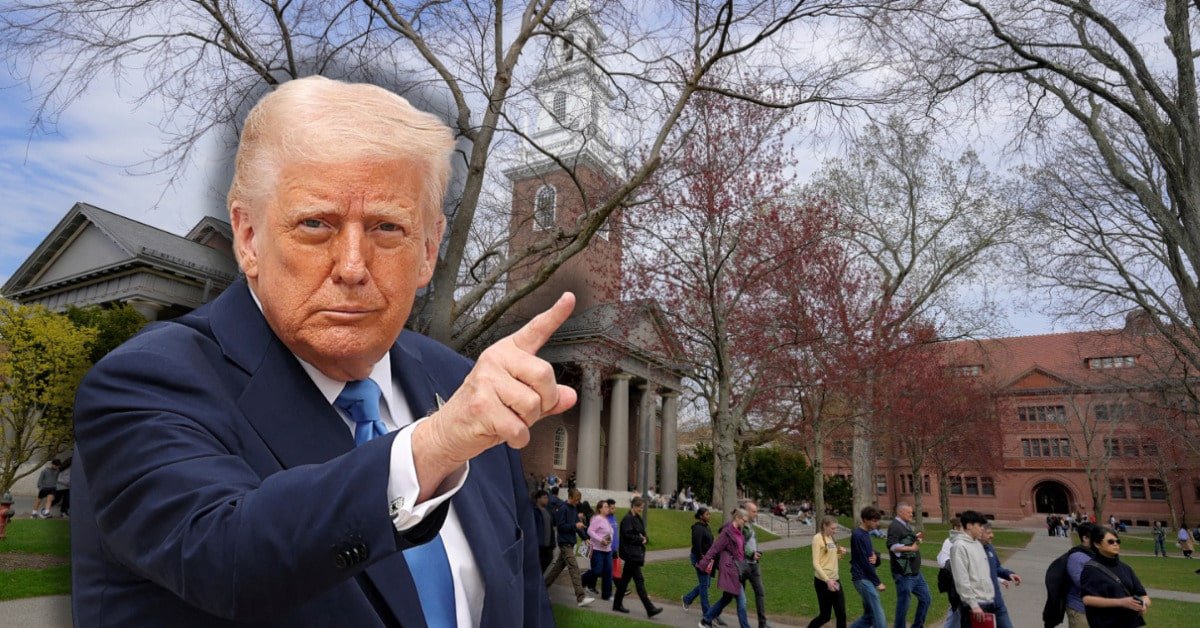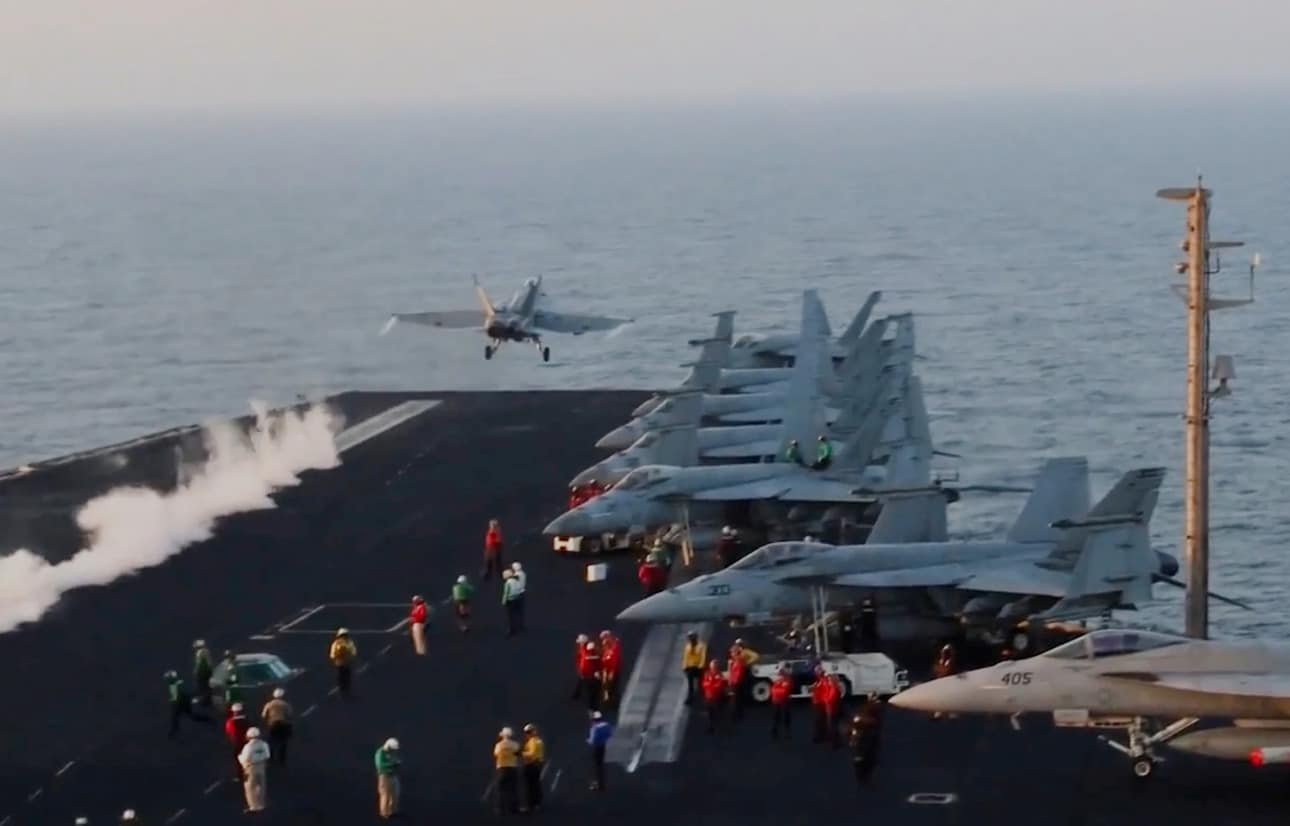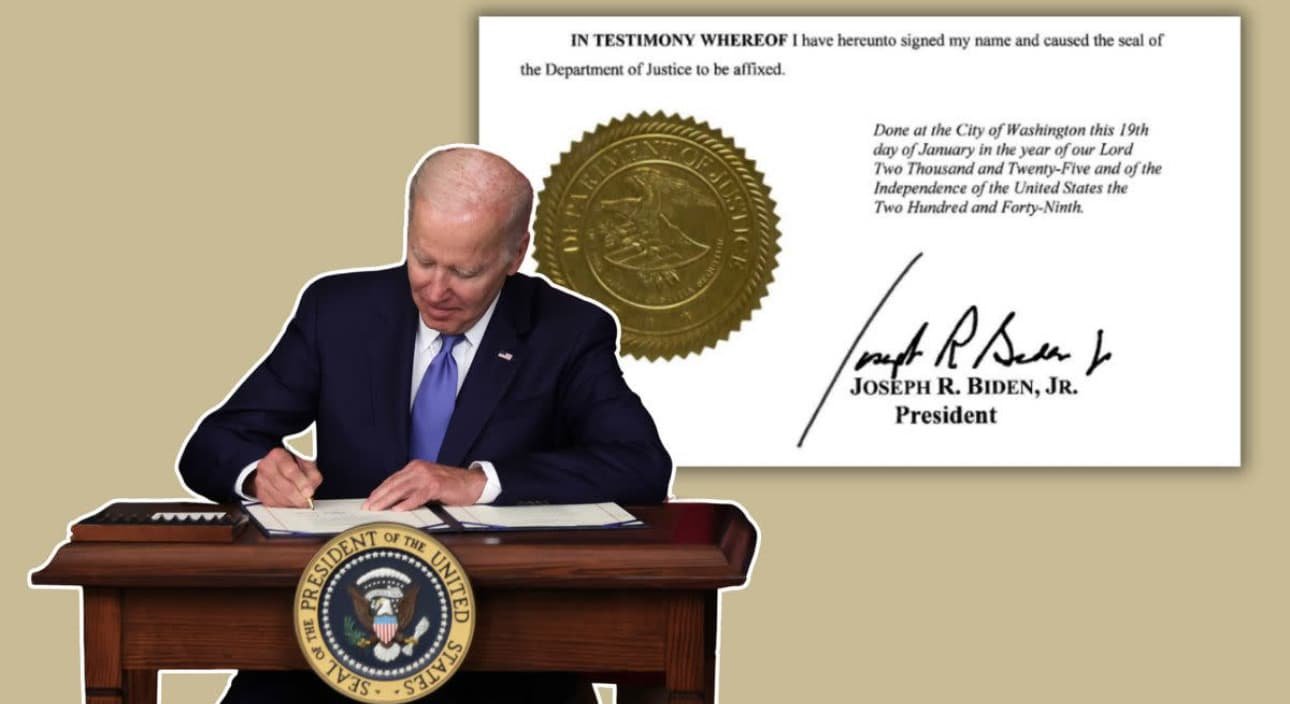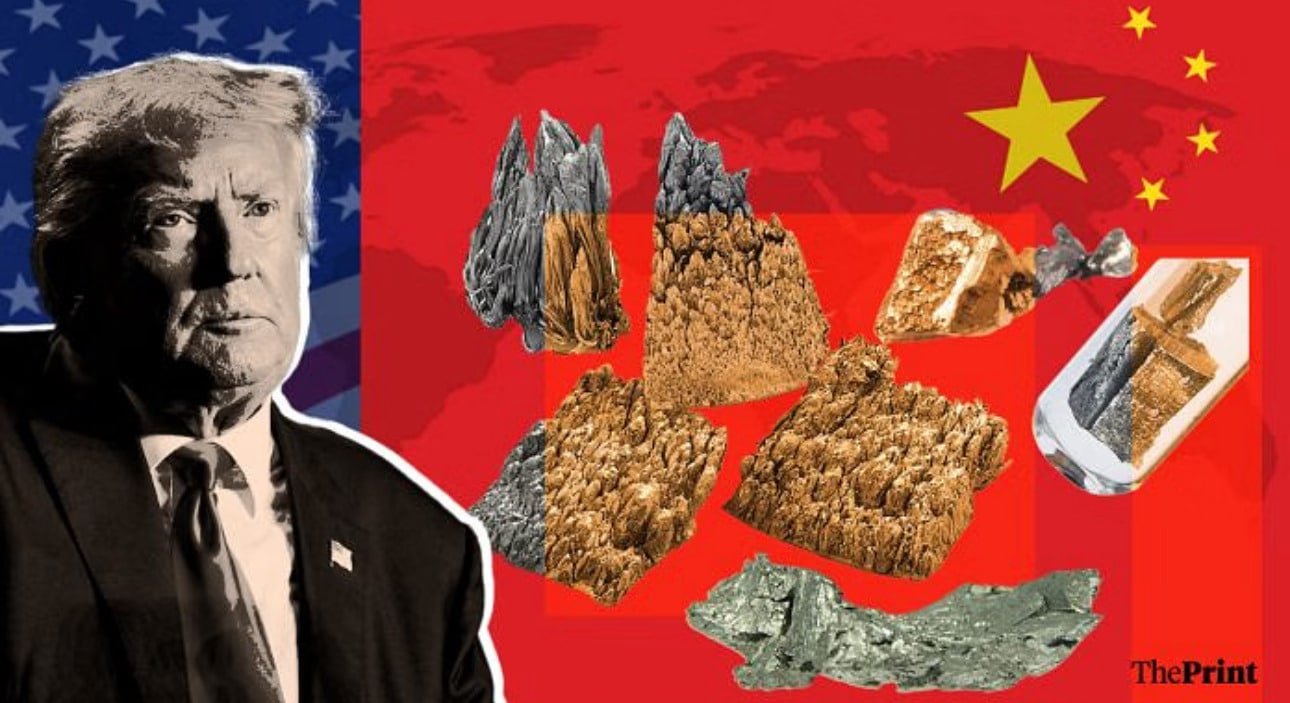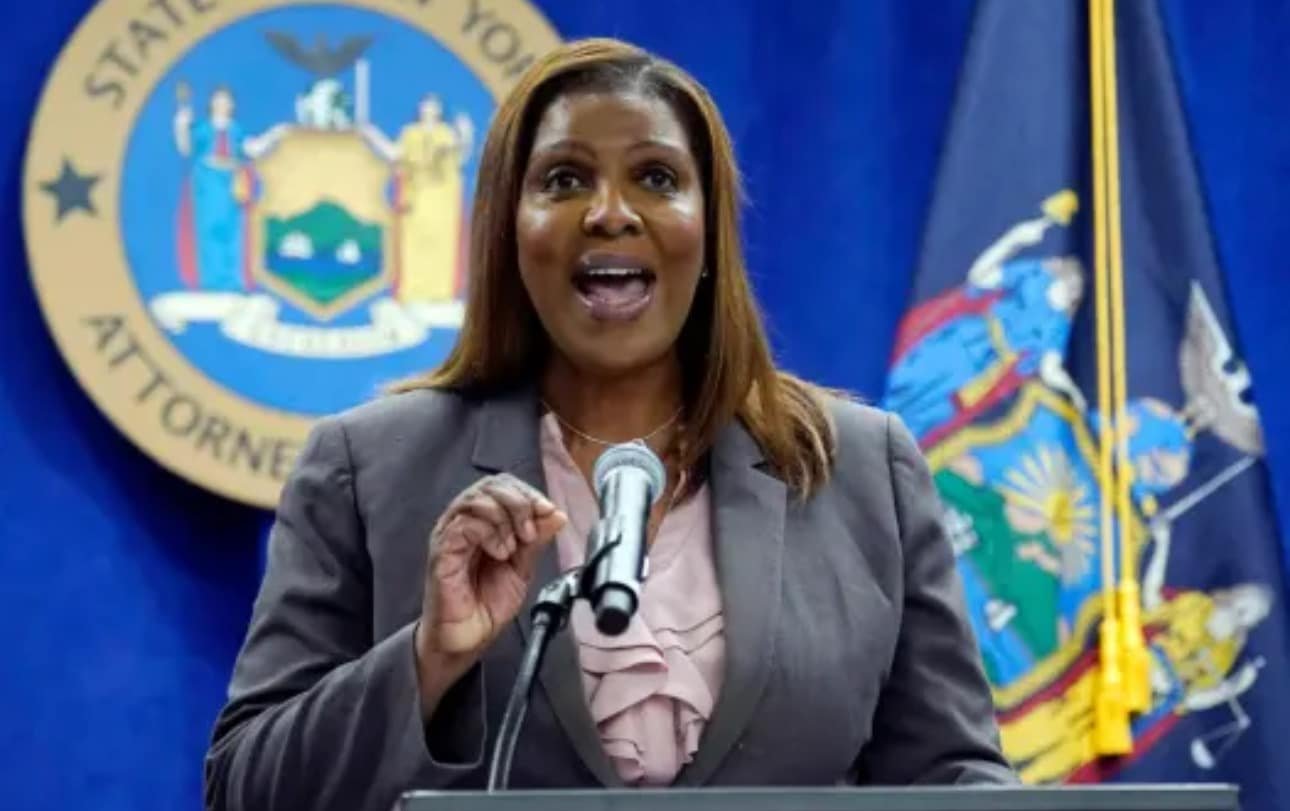Political Cartoons: Adapting from Print to the Digital Age
Political cartoons have long been a powerful tool for commentary. They critique society and government actions in America. The transformation of political cartoons from print to digital has changed how we see them. This change has made them more accessible and has altered how we engage with them.
This article looks at the history of political cartoons. It shows how they’ve evolved to meet the needs of the digital age. Moving from print to digital age cartoons is a big step. It shows both the challenges and opportunities for cartoonists in today’s world.
Key Takeaways
- Political cartoons have evolved significantly from their traditional print origins.
- The transition to digital platforms enhances audience engagement and accessibility.
- Modern political cartoons reflect contemporary societal and political issues.
- Digital age cartoons often use new tools for storytelling and artistic expression.
- Global reach of social media fosters a wider audience for political satire.
The Evolution of Political Cartoons: From Print to Digital
Political cartoons have always shown us what society values and what’s happening today. They’ve changed a lot, moving from print to digital. Knowing how they’ve changed helps us see how art and politics mix.
Historical Overview of Political Cartoons
James Gillray started British caricature in the 18th century. His work was both fun and critical of politics. Today, artists like Morten Morland keep this tradition alive, using old ideas to talk about new issues.
Transition from Print Media to Digital Platforms
Political cartoons used to be in newspapers, but now they’re on social media. This change lets cartoonists reach more people. Social media lets them share their views quickly, just like old times.
Impact of Digitalization on the Art Form
Digital tools make creating cartoons easier and faster. Artists can make detailed pictures with just a few clicks. But, it also makes them think about how to reach digital viewers. This change keeps cartoons fresh and relevant.
Traditional vs Digital Cartoons: A Comparative Analysis
Political cartoons have changed a lot as we move from traditional to digital. This change shows different styles, how people engage, and challenges for artists. Knowing these differences helps us understand cartoon art today.
Stylistic Differences Between Mediums
Traditional cartoons are made by hand, with each frame being unique. This method creates a special feel that touches viewers’ hearts. Digital cartoons, on the other hand, use computers for faster making.
While digital cartoons can try new things with visuals, some think they’re less real than hand-drawn ones. This might make it harder for artists to connect with their audience.
Audience Engagement in Print vs. Digital
Print cartoons usually reach a specific group of people who get their jokes. They like deep meanings and references. This makes them loyal fans.
Digital cartoons, though, can reach more people worldwide. Artists can share their views quickly. But, people might not slow down to really get the message.
New features like live sketching are helping to get people more involved. They can interact and feel part of a community.
Challenges Faced by Cartoonists in Both Realms
Cartoonists face big challenges in both traditional and digital worlds. In print, they might not be able to say everything they want. This is because of rules and the need to wait for publication.
In digital, there’s too much content. It’s hard to stand out. Plus, people might not value cartoons as much because of quality issues.
But, both areas offer chances for artists to grow and be creative. They just need to find their way through the challenges.
Digital Media Influence on Political Cartoons
Social media has changed political cartoons a lot. Sites like Twitter and Instagram are now where people see these artworks. They can share them fast, making cartoons reach more people quickly.
This change shows how digital media has changed political commentary. It’s now faster and more widespread.
How Social Media has Changed Consumption
Now, people can see political cartoons on social media fast. They don’t just look at newspapers or TV anymore. They can share and talk about cartoons online.
This makes it easier for people to share ideas. It’s a new way to engage with politics that old media can’t keep up with.
Interactions and Community Engagement in the Digital Space
Online, people work together to understand and talk about politics. They leave comments and share cartoons. It’s like a big conversation, similar to old times.
This makes people feel connected. They feel like they belong when they see cartoons that match their views.
The Role of Memes and Viral Content in Political Satire
Memes are big in political satire now. They can reach people faster than old cartoons. Memes capture what’s happening today quickly.
This new way of talking about politics is fast and flexible. Memes show how quickly and finely society changes.
Political Cartoonist Techniques in the Digital Age
The world of political cartoons has changed a lot in the digital era. Today’s cartoonists use new ways to connect with people online. They make their work fast and simple, showing a big change in how they tell stories.
Adapting Artistic Styles for the Digital Audience
Cartoonists now use bold lines and bright colors to grab attention. These artistic styles make their work stand out today. They use simple shapes and eye-catching designs to share messages fast and clear.
Storytelling Techniques using Digital Tools
Using digital tools for cartooning has changed how stories are told. Things like animations and GIFs add depth to the story. This new way of storytelling makes the experience more engaging and helps share complex ideas better.
Conclusion
Political cartoons have come a long way from their print days to now being digital. This shows how satire can be both strong and flexible. We see that cartoonists face big challenges but also have great chances to innovate and connect with people.
To stay relevant, cartoonists need to keep their roots while moving with technology. Digital tools help them engage with viewers in new ways. This keeps their message alive and reaches more people in our digital world.
We should work towards a future where political cartoons keep our freedoms and values alive. By doing this, we make sure cartoons stay a key way to share our thoughts and feelings about society.
FAQ
What are political cartoons and their historical significance?
Political cartoons are satirical drawings that comment on current events. They reflect society’s mirror. Their history goes back centuries, with figures like James Gillray playing a big role.
How has the transition from print media to digital platforms affected political cartoons?
Moving to digital has made cartoons more accessible. Now, they can reach more people. This change has also changed how we watch and interact with them.
What impact does digitalization have on the style and technique of political cartoons?
Digital tools let cartoons spread fast and interact with viewers. This has pushed artists to update their styles. They now focus on quick, visual content for digital audiences.
How do audience engagement levels differ between print and digital formats?
Print cartoons were for a specific, savvy audience. Digital ones reach more people but often get less deep engagement. This is because people scroll quickly through content.
What challenges do cartoonists face in the digital era?
Cartoonists deal with too much content and a fast-changing world. They struggle to make money in a field that’s open to everyone but often doesn’t pay well.
How has social media changed the consumption of political cartoons?
Social media turned cartoons into quick shares. It’s a new space for artists to show their work. This leads to fast discussions and sharing across many platforms.
What role do memes play in contemporary political satire?
Memes are quick, flexible tools for satire. They adapt fast to news and capture feelings better than old cartoons. They often go viral, getting more views.
How are modern cartoonists adapting their artistic styles for digital audiences?
Artists now use simple designs, bold lines, and bright colors. This is because digital viewers like fast, relevant content.
What storytelling techniques are being used in digital political cartoons?
Digital cartoons use animations and links for richer stories. This is different from the static print cartoons. It offers more depth in storytelling.








